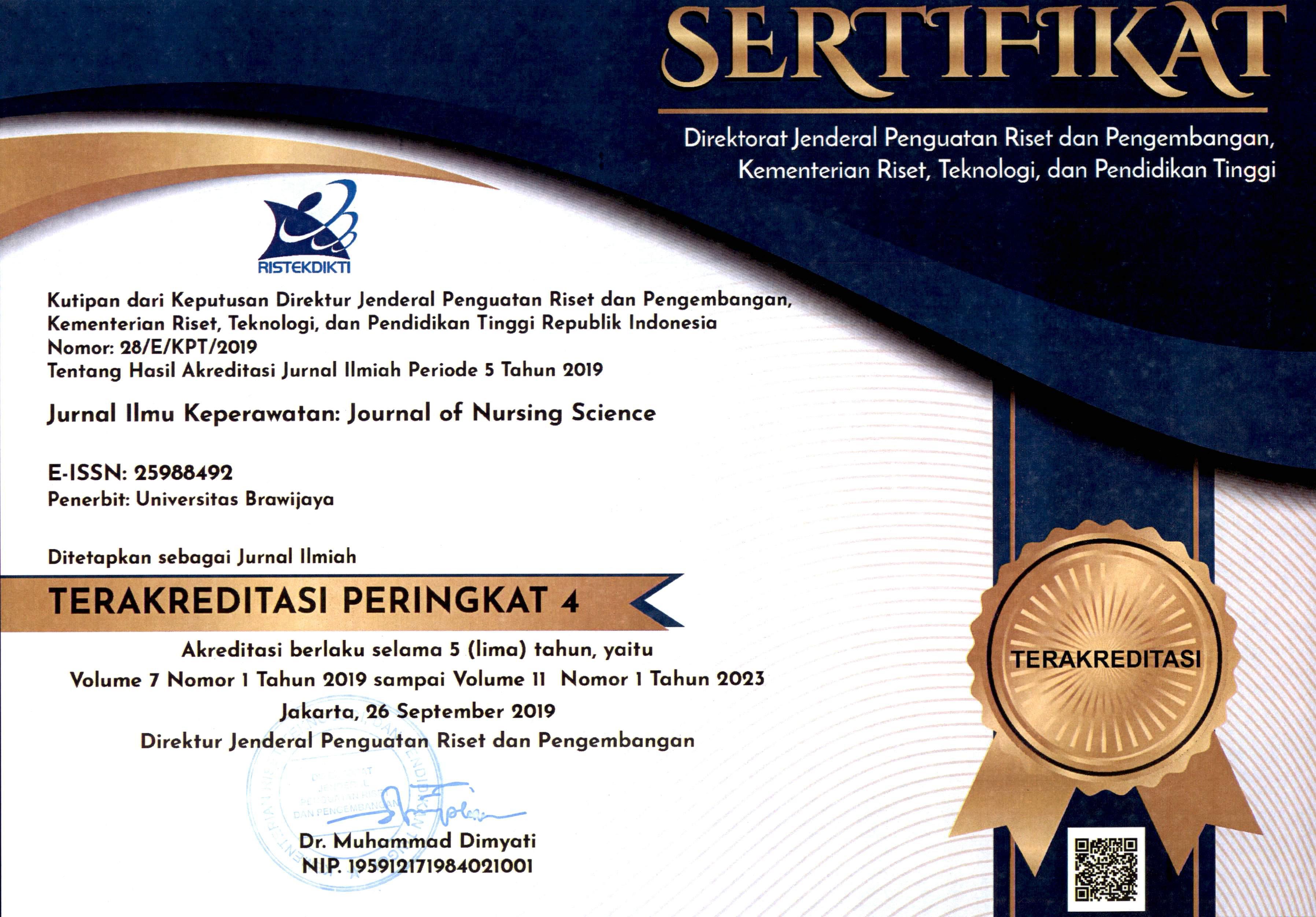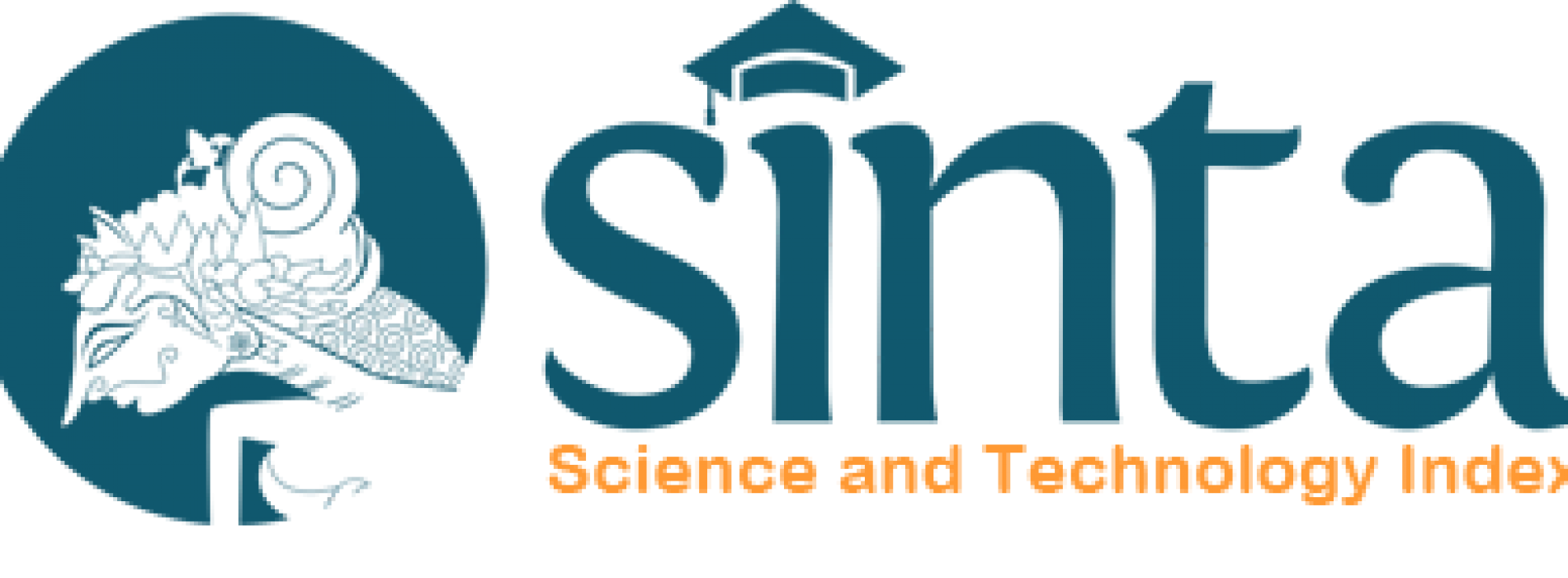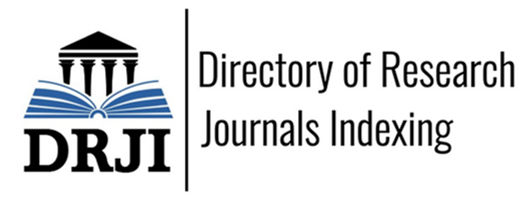The Association Between Stress Level and Smoking Behavior in Gondanglegi Junior High School Boys
DOI:
https://doi.org/10.21776/ub.jik.2022.010.02.14Keywords:
Stress Level, Behavior, Smoking, High school boysAbstract
Stress is a common issue in youth nowadays. Stress that arises is often caused by biological, psychological, family, school, and friend factors. In times of stress, the body automatically carries out stress management, one of which is smoking. This study aimed to determine the relationship between stress levels with smoking behavior in junior high school boys in Gondanglegi. This research uses a descriptive-analytic method with a cross-sectional approach. The population is junior high school boys in Gondanglegi, and the sample is 36 respondents. Sampling was done by purposive sampling technique. The measuring instruments used were the DASS questionnaire and the smoking behavior questionnaire. Processing data using Spearman Rank statistical tests. The results showed that 29 respondents (80.6%) were in the normal stress category, and 19 respondents (52.8%) in the smoking behavior category were light smokers. Based on the statistical test results obtained, Spearman Rank p value = 0.039 <α (0.05), then H0 is rejected, meaning that there is a relationship between stress levels with smoking behavior in adolescent boys in Gondanglegi. These results indicate a significant relationship between stress levels and smoking behavior among teenage boys in Gondanglegi. So it is hoped that there will be counseling for teenagers for stress management and smoking behavior at school
References
- Badan Penelitian Pengembangan Kesehatan Kementrian RI. (2018). Riskesdas tahun 2018. (http://m.detik.com/health/berita-detikhealth/d-4284524/makin-banyak-perokok-muda-riskesdas-2018-sebut-angkanya-91-persen. Diakses tanggal 10 oktober 2019).
- Choi, D., Ota, S., & Watanuki, S. (2015). Does cigarette smoking relieve stress? Evidence from the event-related potential (ERP). International Journal of Psychophysiology, 98(3, Part 1), 470–476. https://doi.org/10.1016/j.ijpsycho.2015.10.005
- Dehismiati Bintari. (2015). Hubungan Tingkat Stres dengan Perilaku Merokok pada Remaja laki-laki. Skripsi Sekolah Tinggi Ilmu Kesehatan Gombong.
- Ho, Y.-C., Lee, H.-C., Lin, M.-F., & Chang, H.-J. (2020). Correlations among life stress, smoking behavior, and depressive symptoms in adolescents: A descriptive study with a mediating model. Nursing & Health Sciences, 22(4), 949–957. https://doi.org/10.1111/nhs.12752.
- Mansouri, A., Kavi, E., Ahmadpoori, S. F., Amin, E., Bazrafshan, M.-R., Piroozi, A., Jokar, M., & Zare, F. (2019). Cigarette Smoking and Coping Strategies with Stress in Young Adults of Larestan. Jundishapur Journal of Health Sciences, 11(1), Article 1. https://doi.org/10.5812/jjhs.83121
- Pamukhti Bagas. (2016).Hubungan Tingkat Stres dengan Perilaku Merokok Mahasiswa laki-laki Fakultas Ilmu Kesehatan Universitas Muhammadiyah Surakarta. Naskah Publikasi. Universitas Muhammadiyah Surakarta.
- Roble, A. K., Osman, M. O., Lathwal, O. P., & Aden, A. A. (2021). Prevalence of Cigarette Smoking and Associated Factors Among Adolescents in Eastern Ethiopia, 2020. Substance Abuse and Rehabilitation, 12, 73–80. https://doi.org/10.2147/SAR.S331349
- Syarfa Ilyati.(2015).Gambaran Tingkat Pengetahuan, Perilaku Merokok dan Nikotin Dependen Mahasiswa UIN Syarif Hidayatullah Jakarta. Naskah Publikasi UIN Syarif Hidayatullah Jakarta
- Wahyudi Yuyud. (2018). Survei Perilaku Merokok Pada Remaja SMA di Malang. Jurnal Keperawatan Muhammadiyah. STIKes Widya Cipta Husada
Downloads
Published
How to Cite
License
Copyright (c) 2023 Journal of Nursing Science Update

This work is licensed under a Creative Commons Attribution-NonCommercial 4.0 International License.
Authors published in this journal agree to the following terms:
1. The copyright of the received article shall be assigned to the journal as the publisher of the journal. The intended copyright includes the right to publish the article in various forms (including reprints). The journal maintains the publishing rights to the published articles.
2. Authors may enter into separate additional contractual agreements for the non-exclusive distribution of the published journal version of the work (for example, posting it to an institutional repository or publishing it in a book), with acknowledgment of their initial publication in this journal.
3. Authors are permitted and encouraged to post their work online (e.g. in an Institutional Repository or on their website) before and during the submission process, as this can result in a productive exchange, as well as earlier and larger citations of the published work.
4. Articles and all related material published are distributed under Creative Commons Attribution-NonCommercial 4.0 International License or CC BY-NC 4.0 license.
JNSU is licensed under a Creative Commons Attribution-NonCommercial 4.0 International License or CC BY-NC 4.0 license.
Most read articles by the same author(s)
- Shynta Dinar Audia, Faizatur Rohmi, Sekarini Sekarini, DIFFERENCES EFFECT OF LANGUAGE STIMULATION USING "WAYANG KERTAS" AND STORY BOOKS ON CHILDREN'S SPEAKING SKILLS (4-5 YEARS) , Journal of Nursing Science Update (JNSU): Vol. 8 No. 2 (2020)






























